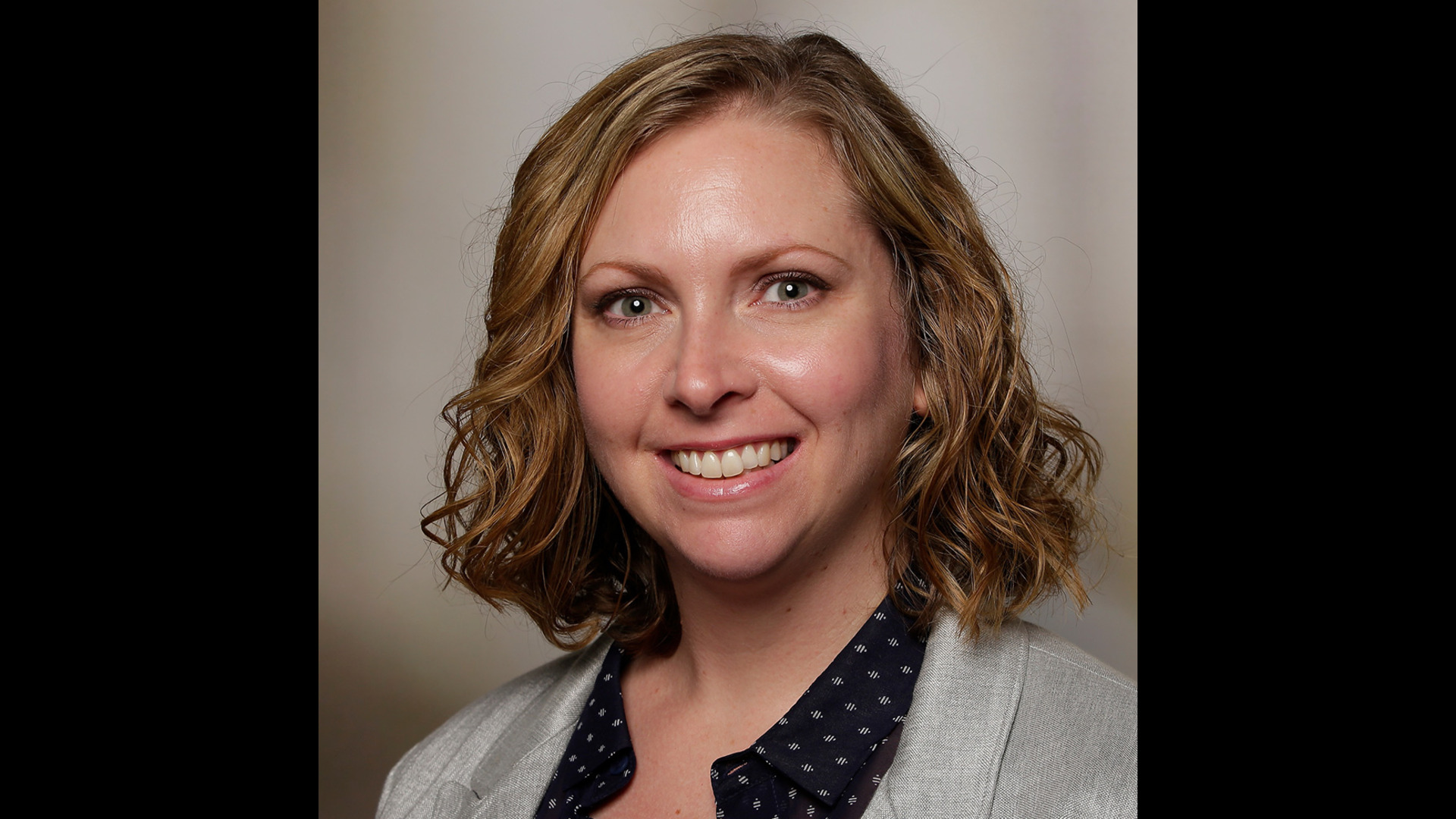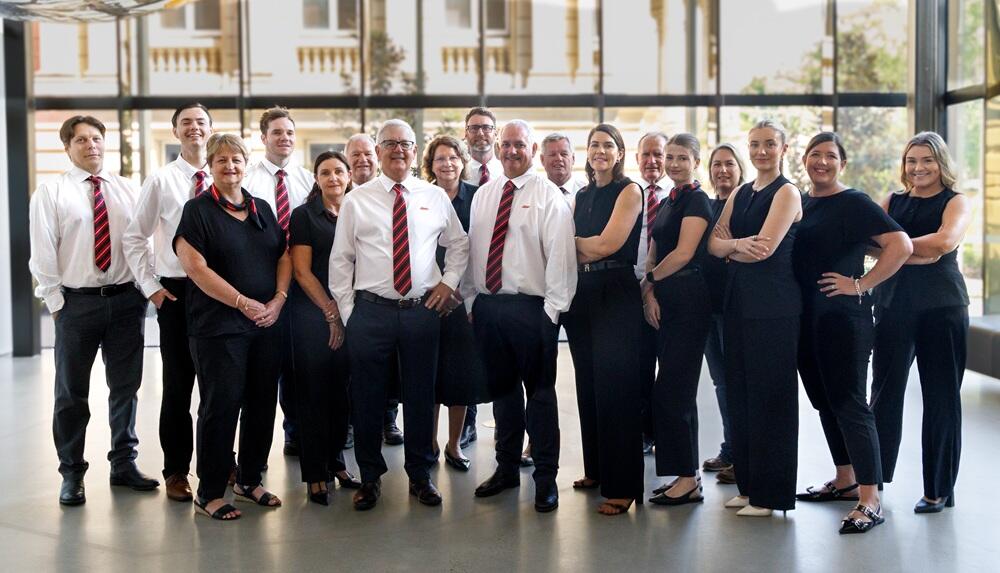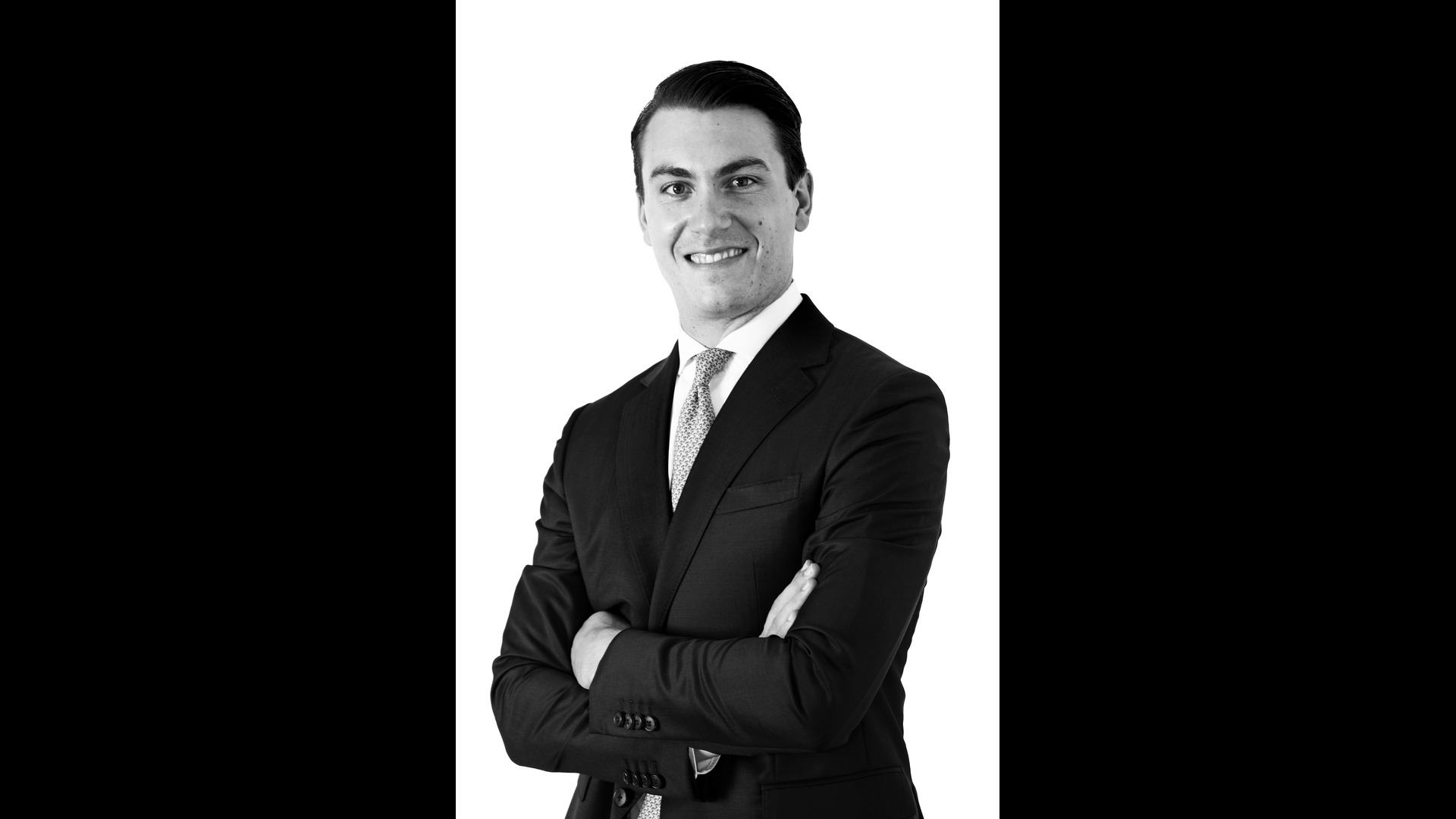Industrial Market Recovering with 52% Investment Surge Led by Sydney, Says Savills Report
19 February 2025
Australia’s industrial sector is outperforming expectations as investment surges and pockets of stronger demand in Sydney and Brisbane signal a turning point, according to leading real estate agency Savills Australia’s recently released ‘Spotlight Industrial Shed Briefing – Q4 2024’ report. The report reveals that investment volumes soared to $3.5 billion at the end of last year, representing a year-on-year increase of 52% – the highest since March 2022. Sydney remains an industrial investment hotspot with Q4 volumes jumping an extraordinary 64% from the previous quarter.
Markets with limited pipeline and low vacancy are now on a growth trajectory, according to Savills, with Western Sydney forging ahead – experiencing 5.4% rental growth quarter-on-quarter.
Despite subdued pre-commitment and speculative leasing at the end of 2024, with many developers pausing spec projects due to feasibility issues, supply-demand dynamics are shifting. In Sydney, rapid absorption of sublease supply and an increase in direct market deals signal rising demand and intensified competition for space. This resurgence, which is especially notable in Western Sydney, is spurring developers to expand their speculative projects in anticipation of continued demand into 2025.
“Q4 signals an important turning point for industrial, with the sector’s strong finish to 2024 setting a positive tone for 2025. While some deal metrics are still to be finalised, the increased investment volume marks a significant recovery from the 2023 slowdown,” said Savills’ National Head of Research, Katy Dean.
Moderating Supply Strategies Shifts Leasing Dynamics as Sydney Leads Rental Growth
Pre-commitment and speculative leasing have been major drivers of take-up volumes since 2019, typically representing between 40 and 47% of annual transactions. However, in Q4, this fell to 21% – reducing the yearly average to 31%. Elevated construction costs and feasibility challenges have slowed new building starts, prompting some developers to delay speculative projects and focus on completing their existing pipeline.
This shift in leasing dynamics, coupled with fewer project completions, has helped rebalance the market and stabilise rents. Signs of rental growth are surfacing in some precincts, according to the ‘Spotlight Industrial Shed Briefing – Q4 2024’ report.
Nationally, core markets are showing varied trends. Sydney West is experiencing notable rental growth of 5.4% quarter-on-quarter, becoming increasingly competitive as vacancy rates decline, while Adelaide North West saw a modest jump of 2.8% quarter-on-quarter. In contrast, Melbourne West, Brisbane Southside, and Perth Core markets have all seen little movement in rental values.
“Rising demand in Sydney and Brisbane is starting to influence market dynamics, with early signs of rental growth emerging in some of the smaller precincts within these markets. Markets with limited new supply and low vacancy rates are expected to outperform in the near term,” said Ms Dean.
Effective rental growth has declined thanks to rising incentives, which have doubled in some submarkets since 2023. Despite this, most markets report either no change or only a small adjustment to average incentives.
“In pockets of Sydney and Brisbane, a rebound in net face rental growth in Q4 has mitigated some of the downturn in net effective rental levels observed throughout 2024. This resilience is expected to bolster investor confidence, enabling landlords to maintain competitive lease terms and preserve the reversionary value accumulated over the past three years,” said Ms Dean.
In Sydney, early signs indicate a positive shift in market demand, with the rapid absorption of sublease supply and a rise in direct market deals signalling heightened competition for space. Notably, vacancy in Sydney’s largest market in the West has dropped below 3.0% for the first time since the start of last year.
Brisbane’s whole building vacancy (3,000 square metres+) increased to 3.82% after two quarters at 3.38%, due to new spec supply coming online in the Southside, Trade Coast and Northern precincts. Sydney’s whole building vacancy remained at 3.75% in Q4, while Melbourne vacancy dropped marginally from 3.09% to 3.07%.
Investor Sentiment Buoys 2025 Outlook – Sydney Industrial is #1
Industrial investment spiked in Q4, with total investment volumes rising 52% year-on-year – a positive indicator for 2025 and significant recovery from the slowdown witnessed in 2023, according to the ‘Spotlight Industrial Shed Briefing – Q4 2024’ report.
“Investors remain committed to increasing their exposure to the Industrial sector, , and a shift in the rate cycle will keep the investment momentum running in 2025,” said Michael Wall, National Head of Industrial Logistics at Savills.
“Although the federal election and anticipated rate cuts may temper deal activity early in the year, the overall momentum is expected to persist. There is ample sidelined capital already contributing to market yield compression in Brisbane and yield stabilisation in Sydney throughout the fourth quarter.” Mr Wall said.
Total investment volumes reached approximately $3.5 billion in Q4 for deals $10 million and above – a 24% increase from Q3 and the highest seen since early 2022. Annual volumes are just above $12.5 billion, significantly surpassing the $8.2 billion recorded in 2023. Institutional players are also making a strong comeback, comprising 52% of deals $10 million and above in Q4 – more than double the low of nearly 20% in Q2 2023.
Sydney saw the largest share of investment activity, with investment volumes reaching circa $1.7 billion (for deals $5 million and above) – a 64% increase from Q3. This has brought the annual total for 2024 to around $6 billion – 40% higher than in 2023 and the highest since 2021. Institutions accounted for nearly half of all acquisitions.
“Both offshore and domestic institutional investors increased acquisitions in the second half of 2024, clawing back market share from smaller private investors, who stepped up during 2023 and early 2024. Joint venture partnerships, superannuation funds and portfolio acquisitions have been more prominent, driving investment volumes,” said Mr Wall.
According to Savills, the rebound in investment over the past two quarters – and substantial amount of capital waiting on the sidelines – reflect strong confidence in industrial’s future performance as investors continue to recalibrate their risk and return expectations.
State by State Outlook
Sydney: Prime Rents Increase Alongside Demand in Sydney West
Average prime net face rents increased by 4.4%, driven by growth in pockets of South Sydney (+8.7%), Western Sydney (+5.4%), and the Outer South West (+2.4), with secondary rents unchanged. Overall vacancy remained at 3.75% in Q4, however there were notable shifts across different precincts, with availability decreasing in the West but increasing in the South and Outer South West. Prime and secondary market yields have remained stable at 5.1% and 5.6%, respectively
Melbourne: Market Recalibrating, Stabilising Rents and Vacancy
Average prime net face rents were stable across all precincts for the second consecutive quarter, reflecting a year-on-year growth rate of 8.6%, while the vacancy rate for existing buildings (3,000 square metres+) has stabilised near 3.0% for the past three quarters. Vacancy rates in the West are declining, while slight increases in smaller precincts offset significant overall changes. On a blended basis, average prime market yields expanded 13bps in Q4 to reach 5.5%, driven by the West (+10bps), East (+30bps) and North (+30bps).
Brisbane: High-Demand Precincts See Yield Compression
Net face rents rose 5.2% quarter-on-quarter in the Northside and 3.5% in the West but held stable elsewhere, reflecting an average growth rate of 1.8% quarter-on-quarter. Meanwhile, the vacancy rate for existing buildings increased from 3.38%, to 3.82% in Q4, predominantly due to new spec supply coming online. Average prime market yields were stable in Southside and Northside, while increased investor competition in the Trade Coast, West and M1/Logan Corridor saw yields compress 16bps on average. However, prime market yields in Brisbane’s largest precinct, the Southside, have remained unchanged.
Adelaide: Rental Growth Set to Drive Investor Interest as Yields Hold
While net rents in the North and South held stable, prime net face rents are rising in the inner submarkets. The North West saw 2.8% growth quarter-on-quarter, while the Inner West grew 2.6% and the South West grew 1.9%. In blended terms, secondary net face rents were up 1.2%. Blended market yields remain stable, holding at 6.0% for prime and 7.1% for secondary.
Perth: Yields Expanding but investment activity starts to lift
Perth’s rental growth cycle has paused, with average prime and secondary net face rents stabilising in Q4 after annual increases of 13% and 9.2% respectively. Increased availability in the East and South has eased pressure on incentives, which rose by 2.5ppts in Q4, pushing the prime average up from 10% in Q3 to 11.3% in Q4. This trend has led prime effective rents to decline by 2.7% quarter-on-quarter in those areas. Prime and secondary market yields have also expanded by 25bps in Q4, with prime rising to an average 6.4% and secondary to 7.0%. Despite these shifts, investment activity in Q4 brought the year-end total nearly triple that of 2023, indicating that investors are seizing cycling buying opportunities






